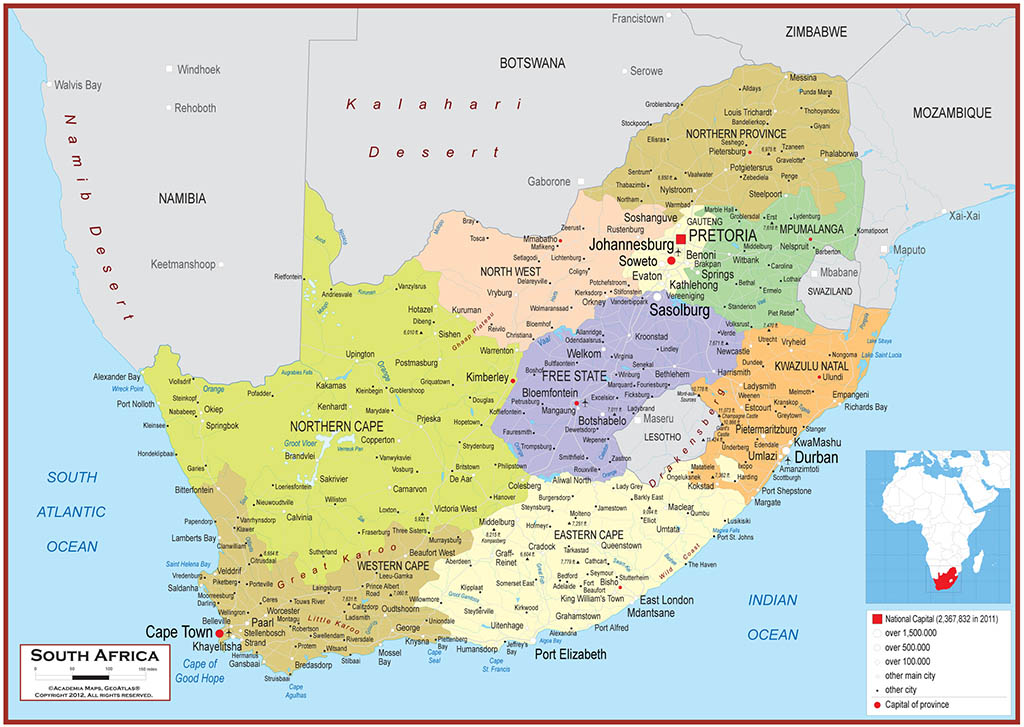Mmanthatisi was the chief military strategist of the Tlowka people in early 19th Century South Africa. Mmanthatisi was born in 1784 to Mothaha, chief of the Basia ethnic group and an unnamed mother. At a young age, Mmanthatisi was sent to marry her cousin, Mokotjo, who was the chief of the Batlokwa people. The couple had three children together, including a daughter, Nthatisi, and two sons, Sekonyela and Mota.
When Mmanthatisi’s husband, Mokotjo, died in 1813, she became regent for Sekonyela because he was too young to rule then. She married her brother-in-law, Sehalahala, and they would have another son together.
In 1817, Mmanthatisi led Tlowka warriors, a subgroup of the Batlokwa, on a raid against the neighboring Ndwandwe people, who captured many of their cattle. Mmanthatisi and the Tlowka then allied with the AmaHlubi people, and they attacked a territory of Moshoeshoe, who was king of the much larger state of Lesotho. In 1822, during the Mfecane Wars, which exploded across much of what is now South Africa, the AmaHlubi broke their alliance, and they and the AmaNgwane attacked Mmanthatisi and the Batlokwa homeland. Mmanthatisi and her troops fought back against the two groups but ultimately lost the war, forcing her and some of her soldiers to flee to her brother’s homeland, Letlala.
During her reign over Batlokwa, Mmanthatisi controlled a territory with an estimated 40,000 people. Although leading one of the smaller nations in the region, she skillfully made and broke alliances to ensure her people would not be conquered. Although she occasionally consulted ethnic elders for advice, as ruler, she had military and political authority over the Batlokwa and was known for adjudicating disputes among her people, a rare combination of military and civil power for a woman in that region and era.
Given her success in battle, her troops began calling themselves Manthatisis. However, after the initial raids of 1817, Mmanthatisi never again physically led troops in battle, but she is credited with planning the strategies for her troops. On one occasion, Mmanthatisi foiled an attack from a neighboring ethnic group by assembling cattle, women, and children on a hilltop, giving the attackers the impression that they were outnumbered despite the Tlokwa men being away on a separate raid. During her years in power, Mmanthatisi’s military successes extended from what is now Botswana in the west to Lesotho in the east.
On June 23, 1823, the Battle of Dithakong occurred. This conflict was between Mmanthatisi’s soldiers and soldiers from the Batlhaping and Griqua ethnic groups. The battle took an unusually long seven hours and was recorded by Robert Moffat, a Scottish Congregationalist missionary. He recorded intense fighting and numerous causalities on both sides during this battle. Ultimately, Mmanthatisi ordered her military commanders to disengage her army and retreat. This proved to be her most significant defeat.
In 1824, Mmanthatisi turned her authority over to her son, Sekonyela, and she retired from military and political life. She spent the last 23 years of her life in semi-exile in neighboring Lesotho, residing in an isolated hilltop fortress. Mmanthatisi died in 1847 at the age of 63.


